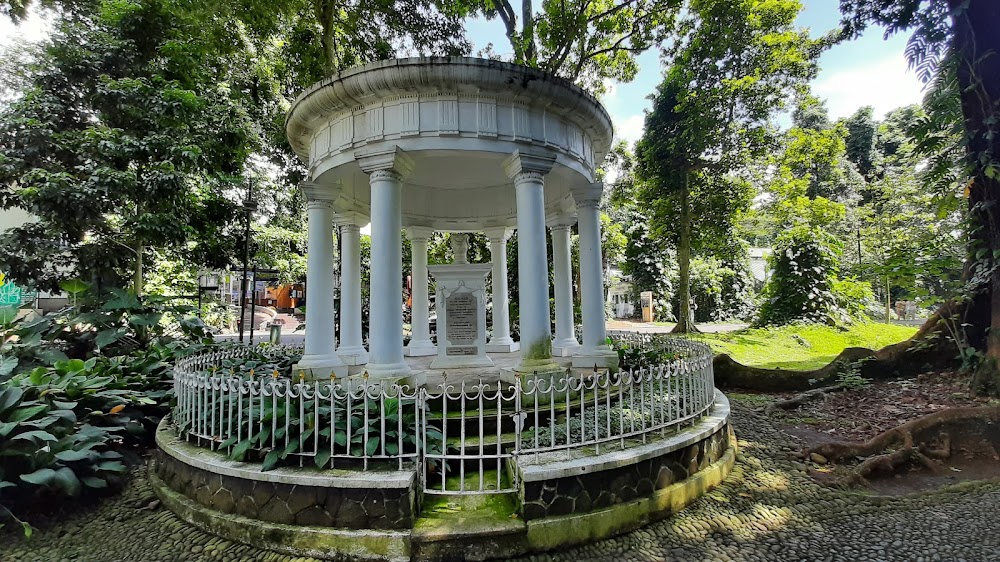The Geological Museum of Bandung (Museum Geologi Bandung)
Overview
**Museum Geologi** (Geological Museum of Bandung) is a captivating cultural and scientific landmark nestled in the heart of Jawa Barat, Indonesia. Established with the mission to preserve and exhibit Indonesia's rich geological heritage, this museum stands as a testament to the region's natural wonders and scientific milestones.
Constructed in **1928** during the Dutch colonial era, the museum was initiated by the Dutch East Indies government, which recognized the importance of studying and safeguarding the geological treasures of the Indonesian archipelago. The architectural design beautifully reflects the period's style, merging European influences with local elements, resulting in a strikingly beautiful and historically significant structure.
Inside, visitors are welcomed by an array of enthralling exhibits that delve into various aspects of geology. The museum is thoughtfully organized into themed zones, each highlighting different geological phenomena. Among the most prominent sections is the **fossil exhibit**, featuring an impressive collection of prehistoric remains, including the notable skeleton of a Stegodon, an ancient elephant species that once roamed the islands.
Another highlight is the **minerals and gems section**, where guests can marvel at the stunning diversity of minerals found throughout Indonesia. This exhibit not only showcases the natural beauty of these stones but also educates visitors on their formation, characteristics, and applications. The dazzling gemstones, intricate crystal formations, and rare mineral samples make this area a favorite among many museum-goers.
The museum also boasts an extensive collection of **rocks and meteorites**, providing insight into the geological processes that have shaped our planet. These displays illustrate the dynamic nature of Earth, showcasing the power of natural forces such as volcanic activity, tectonic movements, and the impact of extraterrestrial bodies.
One of the museum's standout features is its **interactive displays and multimedia presentations**. These modern installations breathe life into the exhibits and engage visitors of all ages. Among the interactive offerings are touch screens and 3D models that demonstrate the fossilization process, as well as interactive maps illustrating the geological features of various Indonesian regions.
Over the years, the museum has been meticulously maintained and expanded, continually enhancing its exhibits and facilities. Great care has been taken to ensure that all displays are scientifically accurate and provide a comprehensive view of Indonesia’s geological history. Additionally, the museum serves as a vital research center, where geologists and scientists conduct studies that deepen our understanding of the region's geological characteristics.
An interesting aspect of the Geological Museum of Bandung is its commitment to **education**. The museum frequently hosts school groups and university students, who utilize the exhibits as valuable learning resources. By offering educational tours and special events, the museum plays a pivotal role in inspiring the next generation of geologists and scientists.
Situated in the picturesque city of **Bandung**, the museum's location enhances its allure, as the city is renowned for its stunning landscapes and geological significance. Surrounded by volcanoes and blessed with a cool climate, Bandung is a popular destination for tourists. Many visitors to the museum seize the opportunity to explore the area’s natural beauty, enriching their experience.
In summary, the Geological Museum of Bandung is a vital institution that provides invaluable insights into Indonesia’s geological heritage. Established in 1928, it serves as both a historical monument and a center for education and research. With its extensive collection of fossils, minerals, rocks, and interactive exhibits, this museum is a must-visit destination for anyone fascinated by the natural world. Its ongoing contributions to science and education ensure that it will remain a cornerstone of geological study in Indonesia for generations to come.









